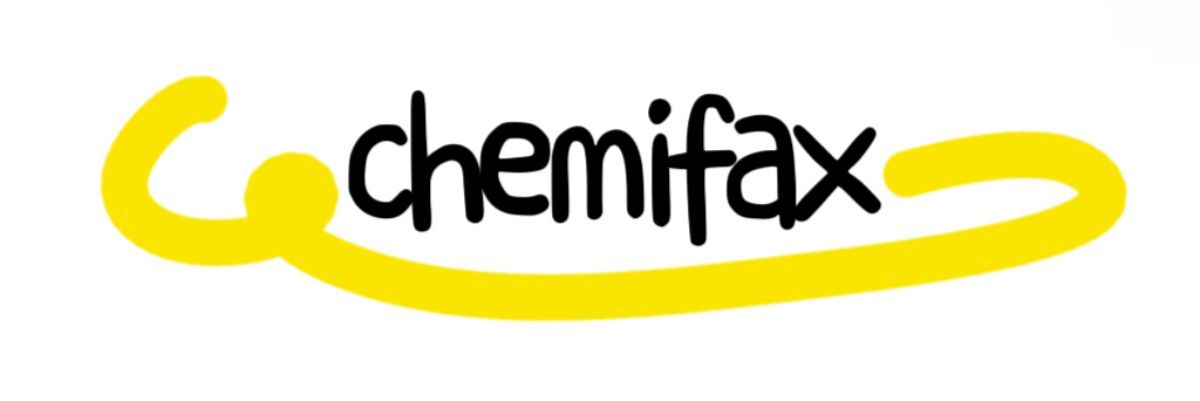Is Solvent Blue 36 Safe for Future Generations?
Aug. 28, 2025
The conversation surrounding colorants and dyes in consumer products has been increasingly prominent, especially with growing public awareness about the environmental and health impacts these substances can have. Among these dyes, Solvent Blue 36, a synthetic colorant, has drawn particular attention. With its applications in textiles, plastics, and other industries, the question arises: is Solvent Blue 36 safe for future generations?
Contact us to discuss your requirements of Solvent Blue 36. Our experienced sales team can help you identify the options that best suit your needs.
Understanding Solvent Blue 36
Solvent Blue 36, also known as the CI number 27,600, is a synthetic dye widely utilized for its vivid color and durability. It has been incorporated into various products, including plastics and automotive paints. Given its industrial significance, understanding its safety profile is crucial. Though it has passed certain regulatory hurdles in specific applications, its long-term effects warrant further examination, especially as we consider the legacy we leave for future generations.
Regulatory Oversight and Safety Assessments
The safety of any chemical substance often hinges on the regulatory frameworks that govern its use. In many countries, Solvent Blue 36 has been assessed and deemed safe under certain exposure conditions. The European Chemical Agency (ECHA) and the U.S. Environmental Protection Agency (EPA) play significant roles in this oversight. They evaluate potential health risks, focusing on both acute and chronic exposures, including potential carcinogenic effects and toxicity levels.
Importantly, Solvent Blue 36 has been subjected to various toxicological studies showing no significant adverse effects at recommended levels of exposure. However, regulatory standards continuously evolve, reflecting new scientific findings and public sentiments. Hence, constant vigilance in monitoring these substances is essential to ensure that new information is integrated into safety assessments.
Environmental Concerns
While individual safety assessments are critical, we must also consider the environmental footprint of Solvent Blue 36. Synthetic dyes often pose a risk to aquatic life when they enter waterways. Their persistence and bioaccumulation potential make them a concern for ecosystems and human health. As industries confront stricter environmental regulations and growing pressure from consumers to adopt sustainable practices, this dye's environmental impact needs careful scrutiny.
Investing in technology that reduces the discharge of Solvent Blue 36 into natural waterways is vital. Advanced wastewater treatment processes and the adoption of closed-loop systems can mitigate the dye's environmental footprint. As we prioritize sustainability, discussions around the temporal and spatial scale of these impacts are necessary to ensure the well-being of future generations.
Alternatives and Innovations
The ongoing debate surrounding Solvent Blue 36 has led to increased interest in “green chemistry” alternatives. Researchers and industries alike are exploring natural dyes derived from plants, and innovative synthetic dyes that break down more readily in the environment. As consumer sentiments shift toward sustainability, industries are pressured to evolve and embrace alternatives that prioritize ecological and human health.
These innovations not only hold promise for reducing the negative impacts associated with traditional colorants but also foster a market driven by ecological responsibility. Industries that adapt to these changes early may find themselves ahead of the curve, securing their place as sustainable leaders in their respective fields.
The Role of Consumer Awareness
Consumer awareness has a powerful influence on the safety landscape of products like Solvent Blue 36. Armed with knowledge, consumers can make informed choices about the products they purchase, voicing their concerns and preferences to manufacturers. This creates a trickle-up effect that encourages companies to reconsider not only the chemical safety of their products but their environmental impact and social responsibility as well.
Shifts in consumer demand are often the catalyst for industry change. A more educated public can guide manufacturers toward safer, more sustainable practices—paving the way for a healthier environment for generations to come. Transparency in ingredient usage is paramount; consumers deserve to know what they are bringing into their homes and the potential implications of those choices.
A Forward-Looking Perspective
The future safety of substances like Solvent Blue 36 comes down to ongoing research, regulatory evolution, and consumer engagement. Embracing sustainable practices requires a collaborative effort between scientists, policymakers, industries, and consumers. As we look toward the future, our collective responsibility grows. Every decision we make today has ripple effects that will resonate through time, influencing the health and safety of those who come after us.
In conclusion, while Solvent Blue 36 is currently deemed safe under existing regulations, its environmental impact and potential long-term effects necessitate continued scrutiny. The future must focus on alternatives, innovations, and consumer-driven practices that ensure our legacy is one of health, sustainability, and care for future generations.
Are you interested in learning more about Sulphur Yellow 2? Contact us today to secure an expert consultation!
80
0
0
Next: None


Comments
All Comments (0)